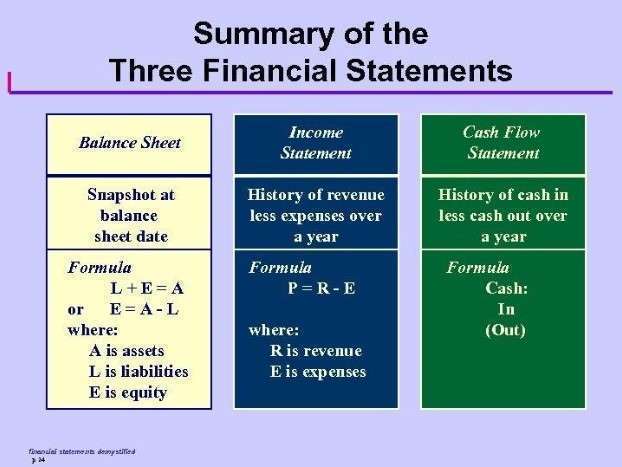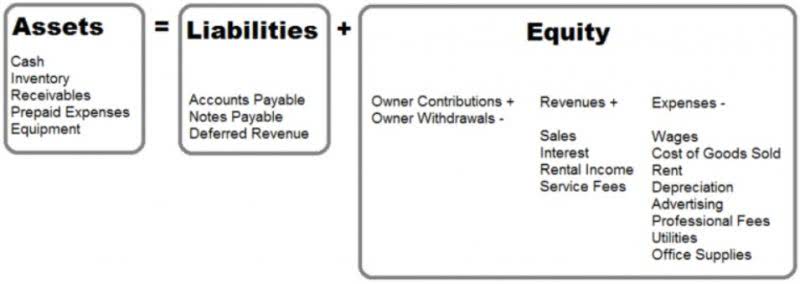That’s why most public organizations use theaccrual basis of accounting. On the accrual basis, anorganization records an expense when it receives a good or service,whether or not cash changes hands. In this case, as soon asTreehouse signs the purchase order to receive the equipment, thatequipment will appear as a $20,000 increase in non-current assetson its balance sheet. It will also record – or recognize,in accounting speak – an account payable for $20,000. On theaccrual basis we can see how this transaction will affectTreehouse’s financial position now and in the future. Remember that the accounting equation must remain balanced, andassets need to equal liabilities plus equity.
Journals

The effort has already been carried out, generating revenues for the company in the previous week rather than in the future. Note that the accounting equation described in the previous chapter remains in balance. Assets have gone up by $2,000 while the liability side of the equation has also increased by the same amount to reflect the source of this increase in the company’s assets. The first step is to identify the transaction or event that has occurred and needs to be recorded. This could be a sale of goods or services, purchase of inventory or equipment, receipt of cash, payment of expenses, etc.
Accounting Transaction Analysis Table

However, it involves a comprehensive process that includes several steps. Most accounting systems take financial transactions as a source. Once they consider transactional analysis accounting it, they process it to analyze how it enters the financial statements. The process begins with books of prime entry, which companies summarize into general ledgers. The continued equilibrium of the accounting equation does exist here although it is less obvious.
- After the effect on all account balances is ascertained, the recording of a transaction is relatively straightforward.
- Above, is to make it easier to decide whether an increase or decrease requires the account to be debited or credited.
- The equation remains balanced, as assets and liabilities increase.
- Some of it might happen if theasset bears a particularly heavy workload.
- Generally, all companies incur accounting transactions regularly.
- Transactional accounting conforms with the accrual concept in accounting.
Step 3 of 3

The accounting transaction analysis described in the six steps above, is best set out in table format to ensure that important considerations about the transaction are not overlooked. For this reason, when thinking about the fundfinancial statements, we need to re-think how we recognize certainrevenues. Governmental funds and the modified accrualbasis of accounting on which they are prepared, focus on expendablefinancial resources. Taxpayers want to know their government usedits current financial resources to meet its current financialneeds.

She also decided that the organization’s mostpressing need, particularly with new tutors on board, wastransportation. After shopping around, she decided to purchase aminivan for $35,000. She made a $5,000 down payment and took out afive-year loan at 2.5% interest to finance the rest. Monthlypayments of $532 were due at the beginning of each month, startingon September 1 (see Exhibit 2). She was also required to take outinsurance on the car, with payments of $540 per quarter due inadvance every three months, starting on September 1.
A company’s financial stability rests on the shoulders of its bookkeepers. It does more than paint an accurate financial picture; it equips company executives to make educated choices. Accurate bookkeeping and financial accounting are crucial for proper recording of business transactions. This attention to detail is crucial to building a long-lasting, profitable company.
- The amount of rent paid is going to increase, so the rent expense account should increase as a result of the transaction.
- Investments the organizationintends to hold less than a year that have a clear market price andcan be easily liquidated are known as marketablesecurities.
- In this case, to impose them means to levy them, or to sendout property tax bills.
- It will also record – or recognize,in accounting speak – an account payable for $20,000.
- Throughout the pasttwo decades the mayor and other local leaders have investedsubstantial public resources in local programs to promote economicand community development.
( . Determining the nature of accounts involved:
Journaling the entry is the second step in the accounting cycle. Step 1 Bold City Consulting received promises from customers to send cash next month in exchange for consulting services provided. Again, the business earned this money, although it has not received it yet. The accounts involved in the transaction are Accounts Receivable and Service Revenue.
Step 2 Accounts Receivable is an asset; https://www.bookstime.com/articles/how-to-balance-your-purchase-ledger Service Revenue is a revenue. We follow strict ethical journalism practices, which includes presenting unbiased information and citing reliable, attributed resources.
The change to liabilities will increase liabilities on the balance sheet. Next, you https://www.instagram.com/bookstime_inc need to analyze how the transaction affects each of the identified accounts. Determine whether the account will increase or decrease and by how much. This analysis is based on the accounting equation, which states that assets equal liabilities plus equity. The accounting equation remains balanced because there is a$3,500 increase on the asset side, and a $3,500 increase on theliability and equity side.





